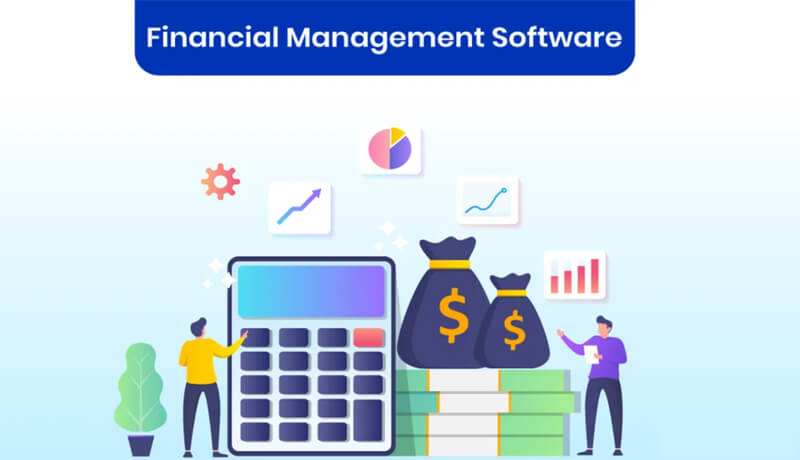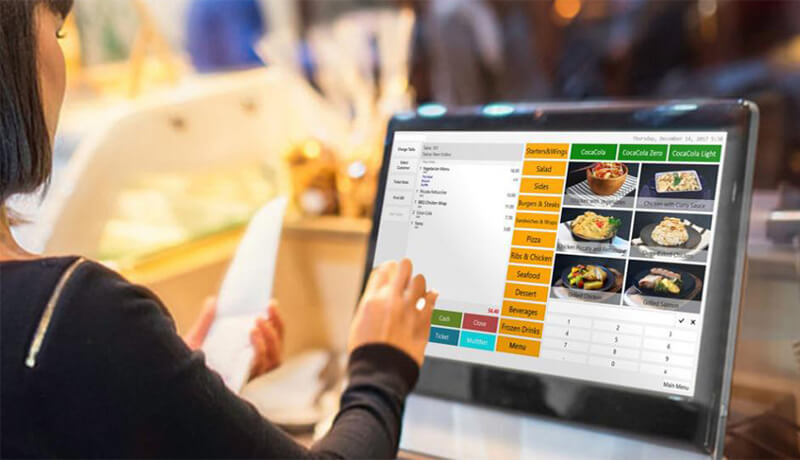
In an age where technological advancements drive everyday conveniences, managing one’s financial health has become more accessible and streamlined. A plethora of personal finance software options have flooded the market, each promising to be the panacea for budgeting woes, investment tracking, and wealth growth. The right tool can convert a financial labyrinth into a clear pathway towards financial well-being. So, what is the best software for personal finance? Let’s explore.
1. Quicken: The Seasoned Veteran
Quicken has long been synonymous with personal finance management. Evolving from a desktop-centric application to a cloud-based solution, Quicken offers an extensive suite of features. From creating detailed budgets, tracking investments, and generating financial reports, its reliability and comprehensive functionalities make it a popular choice among users who prefer a time-tested solution.
2. Mint: Effortless Budgeting
If ease of use and intuitive design are high on your priority list, Mint might be your perfect match. As a free web-based application, Mint automates expense tracking by syncing with your bank accounts and credit cards. The software categorizes transactions, provides credit score updates, and suggests personalized tips for budgeting, making it an excellent choice for beginners.
3. YNAB (You Need A Budget): Proactive Financial Planning
YNAB takes a proactive approach to money management. It operates on the philosophy that every dollar should have a job, encouraging users to allocate funds towards specific expenses or savings. With a focus on giving users control over their financial future, YNAB stands out for those looking to adopt zero-based budgeting and keen on actively engaging with their finances.
4. Personal Capital: Investment and Wealth Management
Personal Capital is the go-to software for individuals with a focus on investments and wealth management. While it offers budgeting tools, its strengths lie in its robust suite of investment tracking features. From a comprehensive Retirement Planner to an interactive Cash Flow Analyzer, Personal Capital appeals to users who have a more intricate financial landscape.
5. PocketGuard: Simplifying Spending
PocketGuard boils down your finances to the essentials: how much you have and how much you can afford to spend. By linking your bank accounts, the app keeps tabs on your balances, bills, and recurring subscriptions. Its “In My Pocket” feature tells you how much disposable income you have, simplifying decisions regarding everyday spending.
6. Microsoft Excel and Google Sheets: Customizable Classics
For those who find solace in spreadsheets, Microsoft Excel and Google Sheets can be powerful personal finance tools. Both platforms offer budgeting templates and allow for high customization. They are ideal for users who enjoy building their systems and have specific needs that might not align with dedicated finance apps.
7. GoodBudget: Embracing the Envelope System
GoodBudget digitalizes the classic envelope budgeting system, where cash for different spending categories is physically allocated to envelopes. It’s ideal for couples or families who want to collaboratively manage finances and appreciate the discipline of the envelope budgeting method.
Conclusion: A Personal Choice for Personal Finance
Identifying the best personal finance software ultimately hinges on one’s unique needs, preferences, and financial goals. While some may prefer comprehensive platforms like Quicken or Personal Capital, others might find value in the simplicity of Mint or the proactive approach of YNAB. By carefully considering your financial habits and objectives, you can select a tool that not only organizes your finances but also empowers you towards achieving financial well-being.






